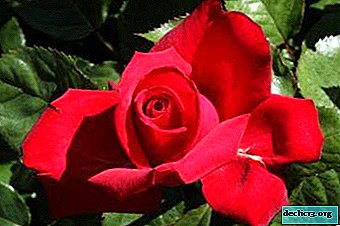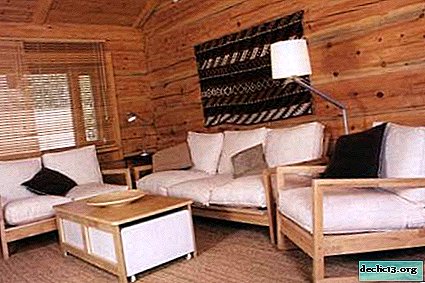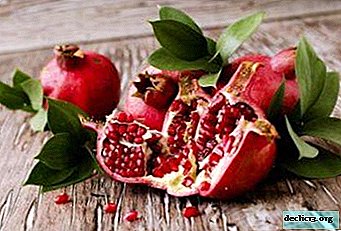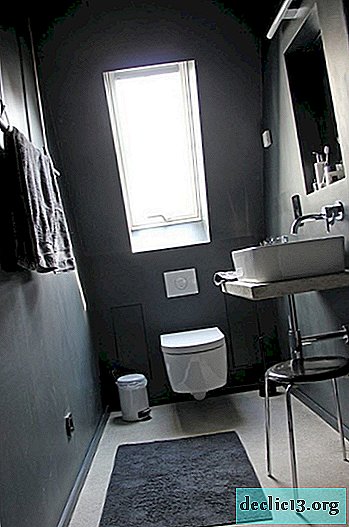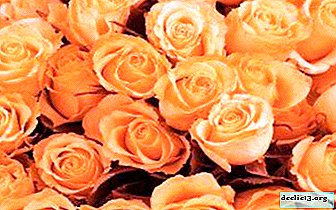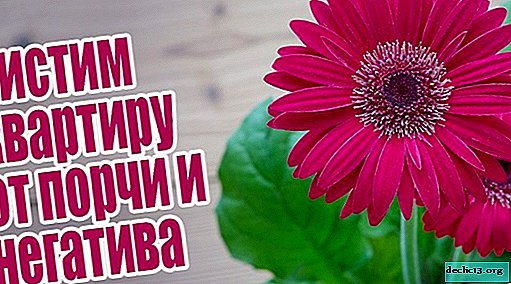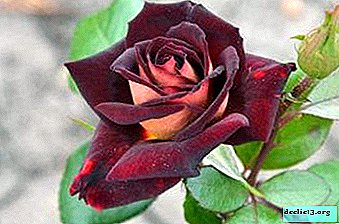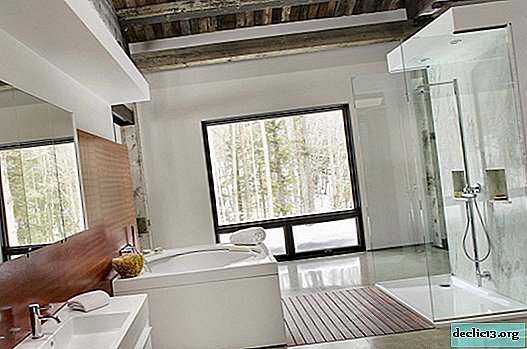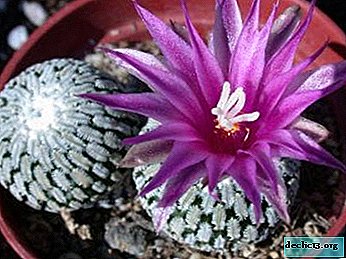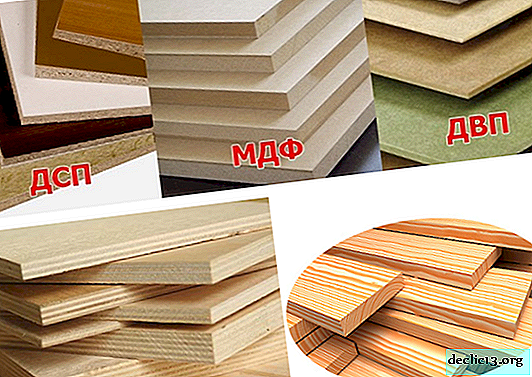How to care for dracaena at home

Dracaena is a tropical plant of African descent. In Russia, it gained popularity due to its attractive and slightly exotic appearance. Caring for dracaena at home is simple if you follow the rules listed in the article.
Dracaena is a shrub that consists of a rosette of leaves on the stems, turning into a trunk with age. The length of the plant often reaches several meters. It is characterized by bright green leaves, which are elongated from the base by 20-70 cm.
Life expectancy, often reaches 15 years, depending on the variety of the plant. Dracaena care is simple. You must adhere to generally accepted rules, follow the tips and everything will work out.
- Lighting. A plant likes light. Place the pot on a west or east window. If the windows face south, protect the dracaena from the sun. Scattered light is ideal for the flower. In low light conditions, the leaves lose their natural color.
- Watering. Watering intensity is determined by many factors, including: season, soil composition, container volume and location. The signal for irrigation is the drying out of the surface soil layer to a depth of three centimeters. Watering is systematic. Before watering, lightly dry the ground. For irrigation, use filtered water or tap water, previously boiled in a teapot and cooled.
- In the summer, water every other day, provided that the soil lump is dry. If the leaves fade, increase the frequency of watering. In winter I recommend watering every three days. If the pot is located next to the radiator, the intensity of watering will not hurt to increase. Remember, excessive watering is the cause of root decay.
- Top dressing. Feed only during growth, which lasts from March to September. Feed once every half a month with fertilizers "Ideal", "Rainbow" and "Dracaena".
- Air humidity. The plant likes moist air, but some species are not afraid of dry air. These include Dracaena Godsef and Dracaena Dragon. The remaining species need frequent spraying.
Video tips
Types of Dracaena

Dracaena is the most popular indoor flower, which is a pleasure to take care of. Almost all varieties resemble palm trees and grow in nature to significant sizes. Florists appreciate dracaena for their excellent decorative qualities, and designers use them in interior design.
In this part of the article, we consider the types of dracaena, which are only about forty. For indoor cultivation, only nine are suitable. We’ll talk about them.
- Canary. It is characterized by decent dimensions in natural conditions. Often the height reaches 18 meters. Often referred to as the "dragon tree" because of the hard, thick trunk that accumulates moisture. At the ends of the branches are green-gray leaves, gathered in bunches.
- Fringed. It is distinguished by the presence on the contour of leaves of contrasting rim of yellow, red or orange. And although the leaves are narrow, the length reaches 70 cm. At home, fringed dracaena rarely blooms, and shows decorative qualities after a few years.
- Fragrant. The most diverse in terms of color shades, leaf lengths and stripes. Both low-growing varieties with a height of up to 20 centimeters and tall ones that grow up to 1.5 meters grow. Leaves arcuate, slightly curved, shape.
- Bent. It is characterized by slow growth and is very demanding in care. Often grows to three meters. Adult flower requires support. Some varieties have variegated leaves with a yellow stripe, while others have dark leaves with bright stripes.
- Dracaena Hooker. Suitable for breeding in a warm greenhouse. The length of the leaves of the xiphoid shape reaches 80 cm. At the base, they are wavy, and taper at the ends. Such a dracaena will even decorate the New Year celebration.
- Deremskaya. Grows to a three-meter height, has a lignified thick trunk and is characterized by dense foliage. After the decay of wilted leaves, traces remain on the trunk, forming an interesting pattern. In a young plant, the leaves stick out, and in an adult, they wilt.
- Tree-like. Endowed with nature the best decorative qualities. The leaves, reminiscent of belts, are strong enough and wide in the middle.
- Sander. The most recognizable species of dracaena, which is called the "bamboo tree." A short stature with a thin stalk and dense foliage. Green shades with white stripes and a curved shape.
- Dracaena Godsef. A rare undersized shrub. Thin stems resemble reeds and have membranous scales. Leathery leaves with sharp ends are covered with white spots.
Any of these types of dracaena is ideal for decorating the interior.
Dracaena propagation
Insufficient lighting leads to the fact that the shoots become long, thin and do not hold well. When the leaves growing at the bottom of the stem fall off, the attractiveness of the dracaena decreases.
At home, only some varieties of the plant, including fringed and fragrant, are easy to reproduce. It is better to propagate in March, when growth processes are activated.
Propagate the flower by cuttings using bare stems or the upper part with leaves. For me, this occupation is a real hobby, and I will describe both methods, and I will start with the apical stem.
The first way - apical stalk
- Using a sharp knife or secateurs, cut off the top of the stem along with the foliage. The cutting angle does not play a role. The main thing is that the stem is intact, and the cut is smooth. The length of the fragment is 15 cm.
- Root the stem or hold it a little in the air. To root the apical stems, I recommend using water, soil intended for palm trees, as well as inert materials, including perlite and sand.
- Before rooting the cuttings in water, add a little activated carbon. One tablet is enough. So the water will not go bad quickly. I advise you to add a drug to the liquid that promotes the rooting of plants. Change the water every three days.
- Breeding dracaena is a difficult task. Cuttings often rot regardless of the substrate. In the case of soil, the fault is caused by various microorganisms that destroy the tissue of the stem. If the soil used for rooting is wet, rotting cannot be avoided. And in dry soil, the young roots will dry. Therefore, it is advised to root in a greenhouse. In such conditions, periodically moisten the leaves, and in the morning and evening, ventilate the greenhouse.
Video instruction
The second method - stem cuttings
I hope the first dracaena breeding technology is clear. Now consider breeding using stem cuttings.
- Take an elastic stem and make several cuttings 15 cm long. I recommend dissecting with a sharp knife along leaf scars. Root in soil or sand.
- In most cases, rooting of cuttings takes six weeks. In the ninth week, shoots appear. Under inappropriate conditions, cuttings take root longer or die.
- Dracaena is propagated by rooting cuttings in a horizontal and vertical manner. In the first case, lay the cuttings on a substrate and slightly push inward. Vertical rooting involves immersing the cuttings in a moistened substrate of 3 cm.
Once you have bought dracaena in a store, you will plant a botanical garden at home, but patience and endurance will be required. If it doesn’t work the first time, in the future you will become better and easier to cope with the task.
Problems in growing dracaena

In conclusion, I will consider the common difficulties encountered by flower growers in the cultivation of dracaena. Caring for her is simple, but troubles do happen occasionally. In some cases, the plant is affected by pests, including a scabbard and a spider mite. Insecticides and washing the leaves with a solution based on laundry soap help to cope with them.
Irreparable damage is also capable of abundant watering. Under the influence of excess moisture, the roots rot. If it is not enough to water the dracaena or the room has low humidity, the leaves will turn brown and dry.
If the foliage is a little dried up or yellowed, do not worry, this is an aging process and remove dead leaves in a timely manner. If they began to curl, it means that the room is cold.

